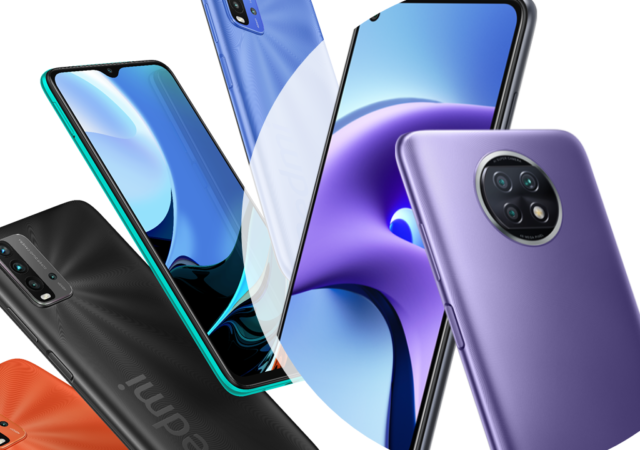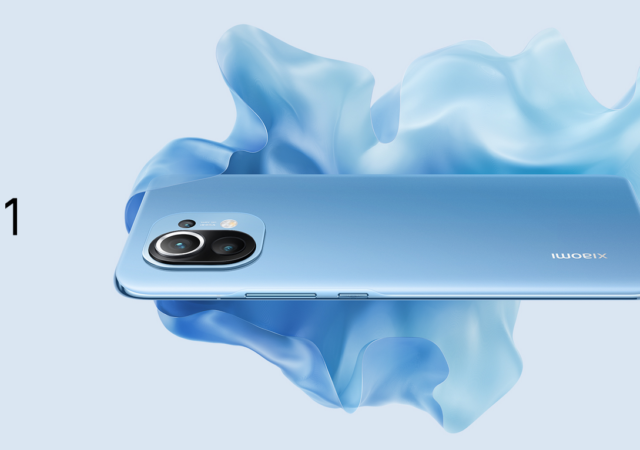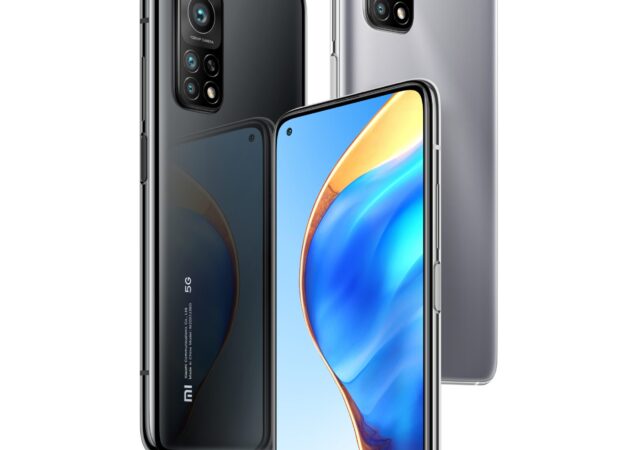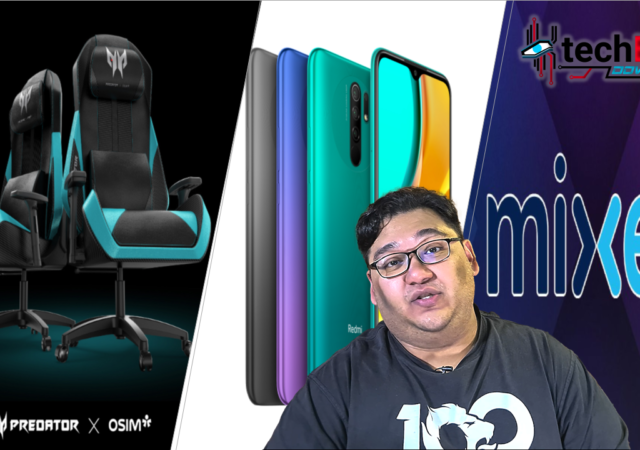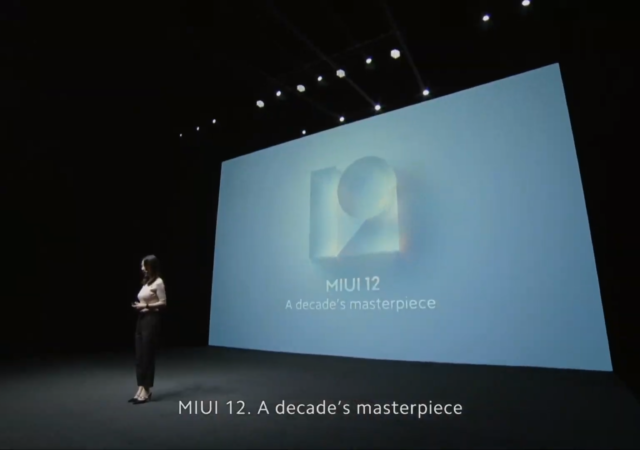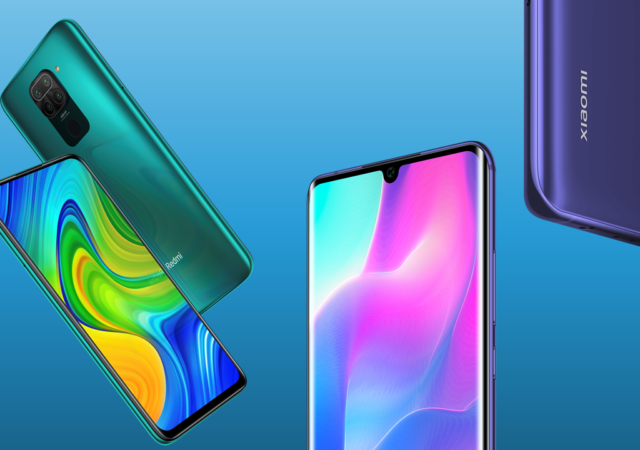The Samsung Galaxy S21 has just been launched and we talked about the device while Xiaomi is also now a banned entity in the US.
Xiaomi Announces New Entry-Level Contenders: the Redmi 9T & Redmi Note 9T
Xiaomi announces two entries into their affordable Redmi line up: the MediaTek powered Redmi Note 9T and their affordable flagship, the Redmi 9T.
Xiaomi Unveils New Mi 11 Flagship with Focus on User Experience
Xiaomi announces their latest flagship, the Mi 11 which packs Qualcomm’s Snapdragon 888 processor with 5G connectivity.
Redmi Brings SonicBass to India for Rs.999
Xiaomi subsidiary, Redmi just launched the new wireless earphones in India. The new offering was initially launched in Nepal last month. Since its initial launch, the Redmi SonicBass wireless earphones have become known as the affordable true wireless earbuds. The…
[UPDATE] Xiaomi Launches the Mi 10T Series – The New Value for Money Kings are Here Starting from MYR 1,699!
Xiaomi launched their Mi 10T series! The new highly anticipated devices are more powerful than ever while retaining value.
Xiaomi Redmi 9A & Redmi 9C Make Malaysian Debut
Xiaomi unleashes two new entry level smartphones: the Redmi 9A and Redmi 9C expanding their affordable line up to the sub MYR500 category.
techENT Download | Mixer’s Dead, Redmi 9, Volvo Robotaxis, What’s next@Acer and more!
The techENT Download is back to get you up to date with another week filled with tech news! Get caught up with next@acer, the redmi 9, Volvo’s robotaxis and more!
MIUI 12 Brings Universal Dark Mode, Private Casting & Privacy Enhancements
Xiaomi’s new MIUI 12 packs many long requested features including an app drawer, universal dark mode and enhanced privacy controls.
Xiaomi Unleashes the New Redmi Note 9 Series in Malaysia with the Mi Note 10 Lite
Xiaomi announces the availability of the recently launched Redmi Note 9 series and the Mi Note 10 Lite in Malaysia.
Xiaomi Redmi Note 9 Series Launched – Redefining Standards
Xiaomi Redmi expands its family yet again with the brand-new Xiaomi Redmi Note 9 and Note 9 Pro. The value-for-money offerings will come with sub US$ 300 price tag and packing some power.




